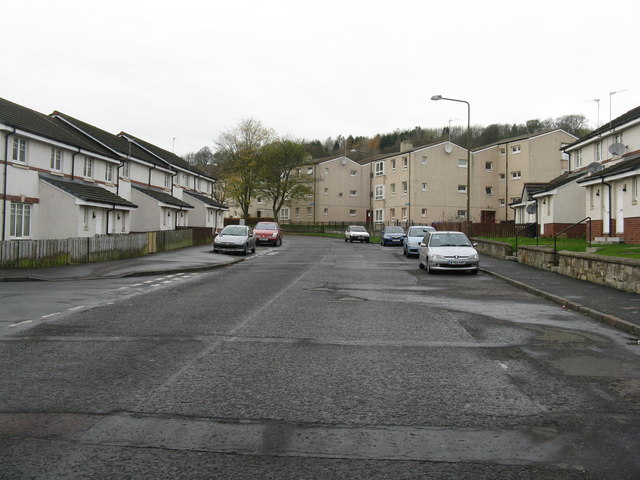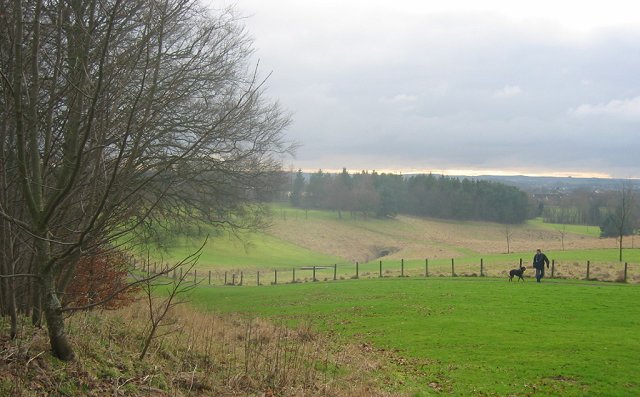Bathgate Hills
Range Of Mountains, Range Of Hills in West Lothian
Scotland
Bathgate Hills
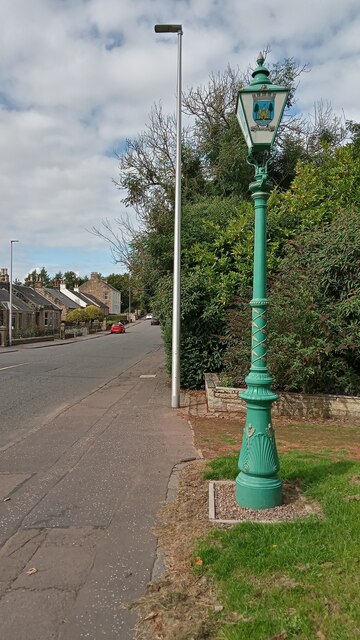
Bathgate Hills, located in West Lothian, Scotland, is a range of hills rather than mountains. Stretching from the town of Bathgate to the eastern outskirts of Livingston, the hills provide a picturesque backdrop to the surrounding landscape. Although not particularly high, they offer stunning panoramic views of the surrounding areas and are a popular destination for outdoor enthusiasts and hikers.
The Bathgate Hills are characterized by their gentle slopes and undulating terrain, with the highest peak, Cairnpapple Hill, standing at an elevation of 312 meters. The hills are predominantly composed of sandstone, which has weathered over time, creating unique rock formations and outcrops that add to their scenic beauty.
This range of hills is home to a rich diversity of flora and fauna, with various species of wildflowers, grasses, and trees thriving in the area. The hills provide habitat for a range of bird species, including buzzards, kestrels, and pheasants, as well as small mammals such as rabbits and hares.
The Bathgate Hills also hold historical and archaeological significance. Cairnpapple Hill, for instance, is known for its ancient burial mound, which dates back thousands of years and offers a glimpse into Scotland's prehistoric past. Additionally, remnants of old quarries can be found in the area, indicating a history of stone extraction for construction purposes.
Overall, Bathgate Hills in West Lothian offer a scenic and tranquil escape from urban life, providing opportunities for recreational activities, nature exploration, and a glimpse into Scotland's rich history.
If you have any feedback on the listing, please let us know in the comments section below.
Bathgate Hills Images
Images are sourced within 2km of 55.912662/-3.6176456 or Grid Reference NS9870. Thanks to Geograph Open Source API. All images are credited.

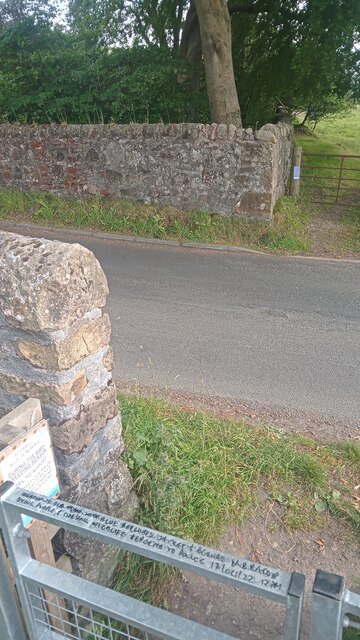
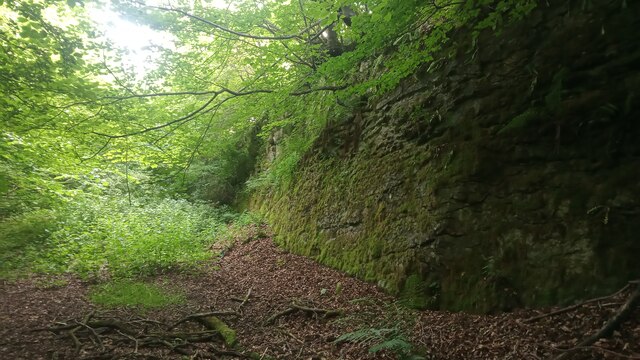
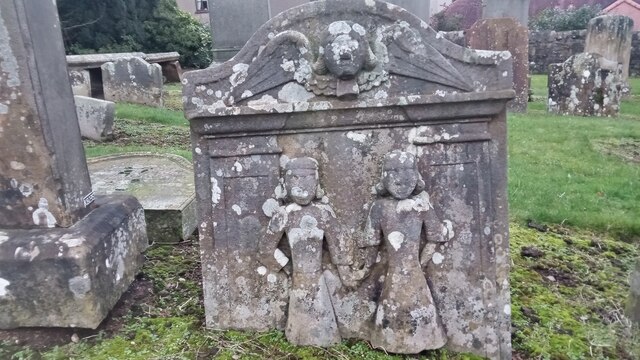
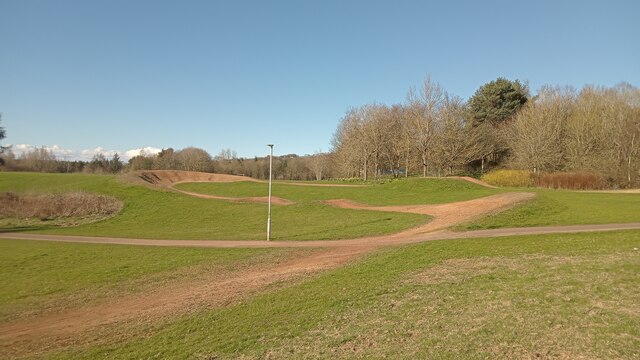
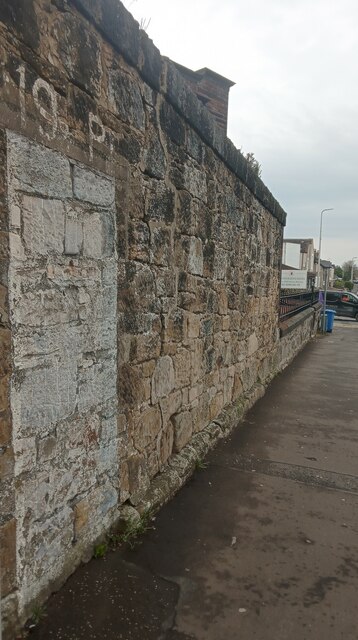



Bathgate Hills is located at Grid Ref: NS9870 (Lat: 55.912662, Lng: -3.6176456)
Unitary Authority: West Lothian
Police Authority: The Lothians and Scottish Borders
What 3 Words
///rinse.regress.creamed. Near Bathgate, West Lothian
Nearby Locations
Related Wikis
East Kirkton Quarry
East Kirkton Quarry, or simply East Kirkton, is a former limestone quarry in West Lothian, Scotland, now a renowned fossil site. The quarry is known for...
Ballencrieff, West Lothian
Ballencrieff is a settlement in West Lothian, Scotland, situated equidistant between the towns of Bathgate and Torphichen and seven miles south of Linlithgow...
Hilderston, West Lothian
Hilderston or Hilderstone in West Lothian, Scotland, was the site of the discovery of a vein of silver in 1606 and a mining operation that attracted international...
Balbardie House
Balbardie House was an 18th-century Scottish mansion house in West Lothian, Scotland, near to the town of Bathgate. == History == The house stood on the...
Related Videos
One day in April
9 Apr 2023 You can buy me a coffee Meghívhatsz egy kávéra ☕️ https://www.buymeacoffee.com/TravellerUtazo.
Bathgate Hills - Nature walk - Beecraigs
A trip to the Bathgate hills and Beecraigs country park, Passing local landmarks such as Ravencraig, Witchcraig, through ...
Walking On Air Pt. II Mikey D
THIS IS A TRACK BY MIKEY D THE RAPPER THIS IS A TRACK BY MIKEY D THE RAPPER THIS IS A TRACK BY MIKEY D THE ...
Nearby Amenities
Located within 500m of 55.912662,-3.6176456Have you been to Bathgate Hills?
Leave your review of Bathgate Hills below (or comments, questions and feedback).
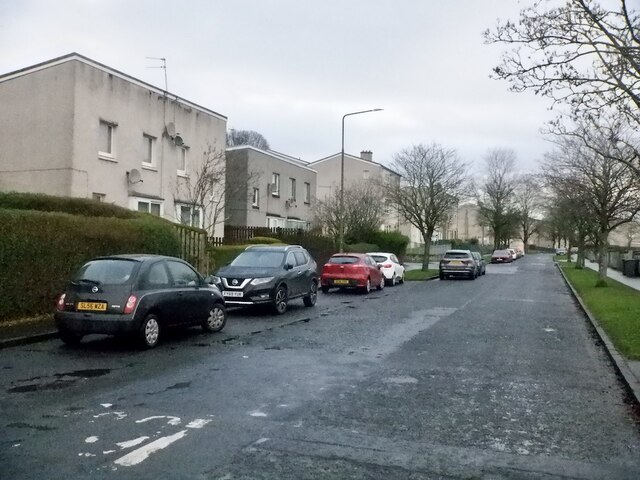
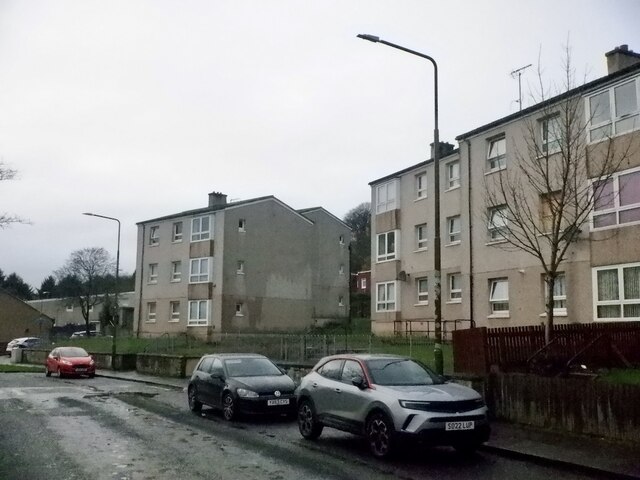
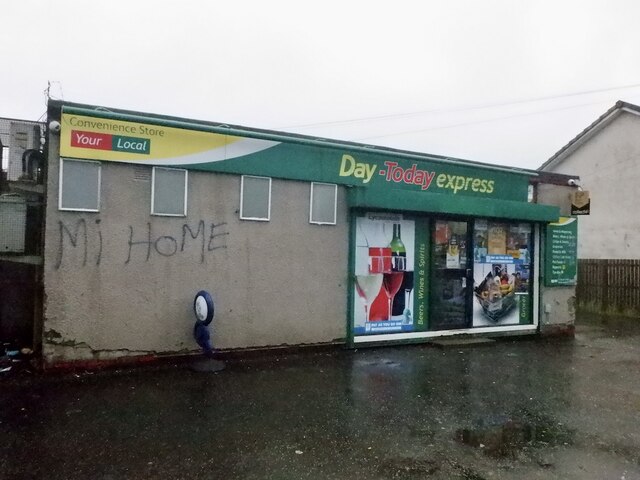
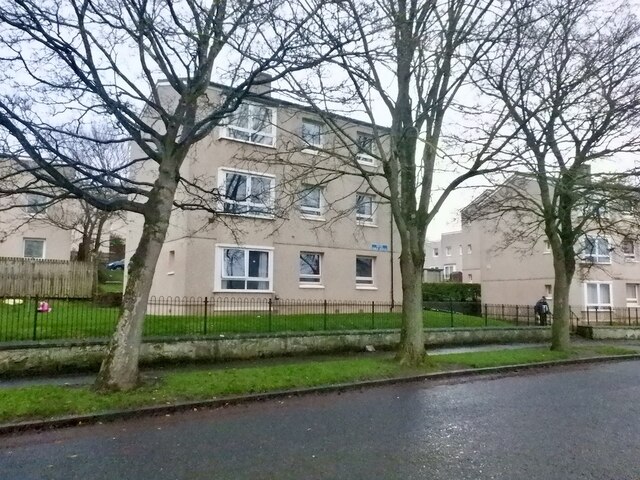
![Roofs of Kirkton Court Looking through the gap between the gables across the valley of the Bog Burn to the Sawtooth Ramps [aka the Bathgate Pyramids].](https://s2.geograph.org.uk/geophotos/02/68/62/2686226_74d06902.jpg)


